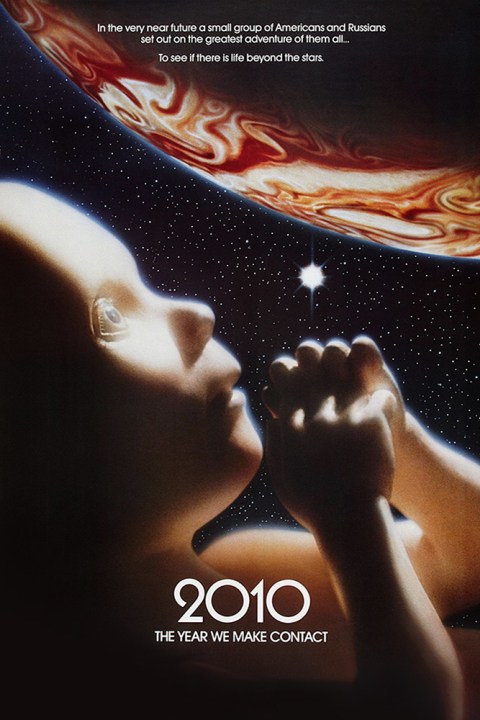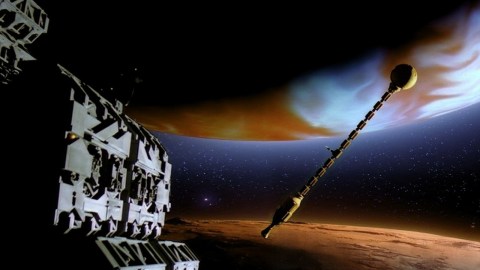17. 4. – 19. 4. 2026
2010: The Year We Make Contact

 Original title: 2010: The Year We Make Contact
Original title: 2010: The Year We Make ContactDirector: Peter Hyams
Production: 1984, USA
Length: 116 min.
Annotation for KRRR! 2013
As the title suggests, the film is a sequel to Stanley Kubrick's famous film 2001: A Space Odyssey, a philosophical science fiction film with an open meaning from 1968. It worked with the motif of a mysterious monolith and told, among other things, about the space journey of the crew of the Discovery ship with an extremely smart computer named HAL 9000 on board, whose destination was the planet Jupiter. HAL 9000 murdered the crew and one astronaut probably entered another dimension... The second film takes place nine years later during the still ongoing Cold War, with a Soviet-American crew heading to the wreckage of Discovery in an attempt to uncover the reason for HAL's failure and clarify the fate of Discovery, while on the home planet a conflict between the native countries of both groups of astronauts escalates.
2010 is a loose adaptation of the second of Arthur C. Clarke's four books about space odysseys, choosing only American-Soviet relations from its plot and not using the line about the Chinese spaceship that is also heading to the planet. The film, like the (much sillier) Rocky IV a year later, foregrounds the message of the need for communication between the two superpowers. The individual crew members gradually learn to get along with each other, and the motifs associated with HAL and the monolith primarily serve as meaningfully related motifs. They provide reasons for conversations between characters on both fronts, but they only enter the plot significantly at a few key moments, while otherwise the narrative works more with the awareness of the danger, mystery and unknowable nature of the monolith than it revolves around them. Although 2010: The Second Space Odyssey does not, quite predictably, provide many answers, it is much more literal and closed in meaning than the original film. This is especially true due to the relatively traditionally constructed moments of last-minute rescues, the parallel between the heroes in space and political events on Earth, and the active input of the hero of the first film speaking from another dimension. However, if we leave aside the comparison with the first film, which in many ways represents a radical departure from many Hollywood filmmaking standards, we are left with a surprisingly fresh and thoughtful science fiction that forms a bold alternative to the then-popular Star Wars.
In addition, 2010: The Second Space Odyssey stars one of the greatest actors of his generation, Roy Scheider, in an unconventional role, you will see Helen Mirren, and Jan Tříska even appears on screen! (But you can't blink too much so you don't miss it.) And considering that this is one of the very few quite good films by the otherwise desperately uninteresting director Peter Hyams, you definitely shouldn't miss it in Krnov.